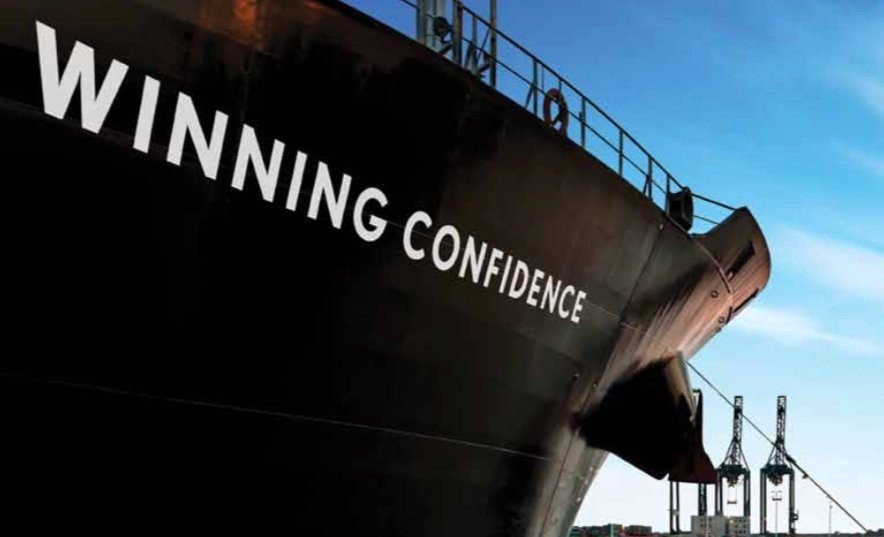
West Africa now represents 14% of capesize liftings as compared to 6% three years ago, according to new data from Jefferies, an investment bank. The redrawing of the global cape trading map has been driven by strong bauxite export growth, mainly out of Guinea. Cape volumes out of West Africa are up 31% this year, according to analysts at Jefferies who note that the November launch of the giant Simandou iron ore project in Guinea will see more long-haul cape loadings from West Africa, tightening the market further.
Port discharges of bauxite along the Chinese coastline in the first half of 2025 came in at 106.7m tonnes, according to data from AXSMarine as tracked by Greece’s Ursa Shipbrokers. This represents an increase of 22.5m tonnes in cargo throughput compared with the first half of 2024. Approximately two-thirds of the bauxite arriving in China come in capes and newcastlemaxes.
Over the past decade, China’s bauxite imports to make aluminium have surged by nearly 200%, rising from around 57.2m tonnes in 2015 to an estimated 170.8m tonnes in 2024, an all-time annual high, with Guinea accounting for 69.7% of the trade.
China’s 2024 aluminium production hit a record 43.4m tonnes. First half 2025 output reached 21.8m tonnes, up 2.5% year-on-year.
In January this year, Splash reported capes were carrying more bauxite than coal for the first time in another sign of how the global cape trades are shifting.
However, there are headwinds with Splash reporting earlier this month that the Guinean government is vowing to take greater control of the maritime supply chain.
The nation’s minister of mines and geology, Bouna Sylla, has recently demanded that 50% of all bauxite shipments move on ships flying the Guinean flag. With this new rule, the government has also revealed it has set up its own shipping company, Guinéenne des Transports Maritimes (GUITRAM), which will transport bauxite.
On top of this, Sylla has announced the creation of a national bauxite price index, the Guinea Bauxite Index (GBX), aiming to enhance transparency and maximise economic benefits from its bauxite resources.
“[I]ncreased interference makes Guinean bauxite less attractive and could signal the end to the exorbitant growth seen over the past few years,” broker SSY suggested in a recent report.